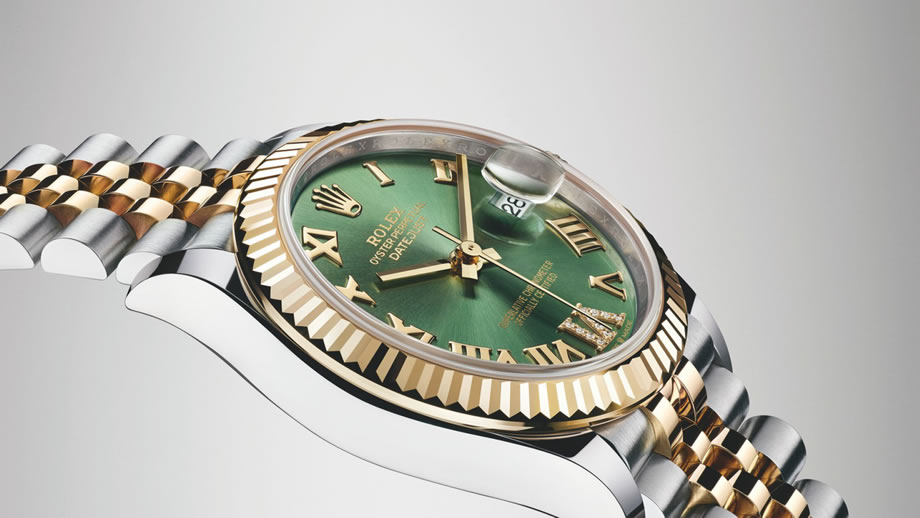Free Shipping on Orders Over $500
Save $100 off your first purchase with us!
use code: FIRST100
SHOP NOWA Quick Guide to Automatic Watches
For many watch enthusiasts, the allure of a mechanical watch lies in its intricate craftsmanship and self-sustaining movement. The Beaucroft is often a gateway for customers who visit our watch store to join the world of automatic timepieces, creating curiosity about these unique pieces. Atlanta Luxury Watches provides relevant information on how these timepieces function, ensuring you make an informed purchase. This guide will provide a deeper understanding of the mechanics and why they continue to fascinate watch lovers worldwide.
Where the Power Comes from: The Mainspring
At the heart of every automatic timepiece, whether a Beaucroft or Rolex watch, is the mainspring, the powerhouse that drives the entire mechanism. Unlike quartz watches that rely on batteries, automatic watches harness energy through the movement of your wrist. This energy is stored in the mainspring, a tightly coiled metal strip. As you wear the watch, the natural motion of your wrist causes the rotor to rotate. This rotation winds the mainspring, storing energy that is gradually released to power the watch. The beauty of this system lies in its sustainability; as long as the watch is worn regularly, it will continue to run indefinitely without the need for manual winding or battery replacement.
The Escapement: Regulating Time
Once the mainspring is wound, it releases energy through the gear train in controlled increments, thanks to a crucial component known as the escapement. The escapement regulates the release of energy from the mainspring, ensuring that the watch keeps accurate time. It transfers power to the balance wheel in consistent, measured beats. This balance wheel oscillates back and forth at a precise rate, acting as the timekeeping element of the watch. The interaction between the escapement and the balance wheel creates the ticking sound characteristic of mechanical watches, marking the steady passage of time.
The Gear Train: Transmitting Power
The energy released by the mainspring needs to be transmitted to the hands of the watch to show the time. This is where the gear train comes into play. The gear train is a series of small gears that transmit the energy from the mainspring to the hands of the watch. Each gear in the train reduces the speed of the energy transmission, allowing the hands to move at the correct pace. This precise coordination between the gears is crucial for maintaining the accuracy. A well-crafted gear train is a testament to the meticulous engineering that goes into every automatic Rolex watch, ensuring remarkable precision in timekeeping.
Automatic vs. Manual: The Key Differences
One of the main distinctions between automatic and manual luxury watches is how they are powered. While both timepieces use a mainspring to store energy, a manual watch requires the wearer to wind the crown regularly to keep it running. In contrast, an automatic watch is self-winding, harnessing power from your wrist's movement. This feature makes automatic watches more convenient for daily wear, as they do not require regular winding. However, if an automatic watch is not worn for an extended period, it will stop and must be wound manually or placed on a watch winder to maintain its power reserve.
Understanding the mechanics behind an automatic timepiece deepens your appreciation for these remarkable luxury watches. Whether you're new to mechanical watches or a seasoned collector, Atlanta Luxury Watches offers a vast catalog of unique products from leading watchmakers. Visit our watch store and experience innovation driven by a centuries-old tradition of horological excellence.




.jpg)
.jpg)